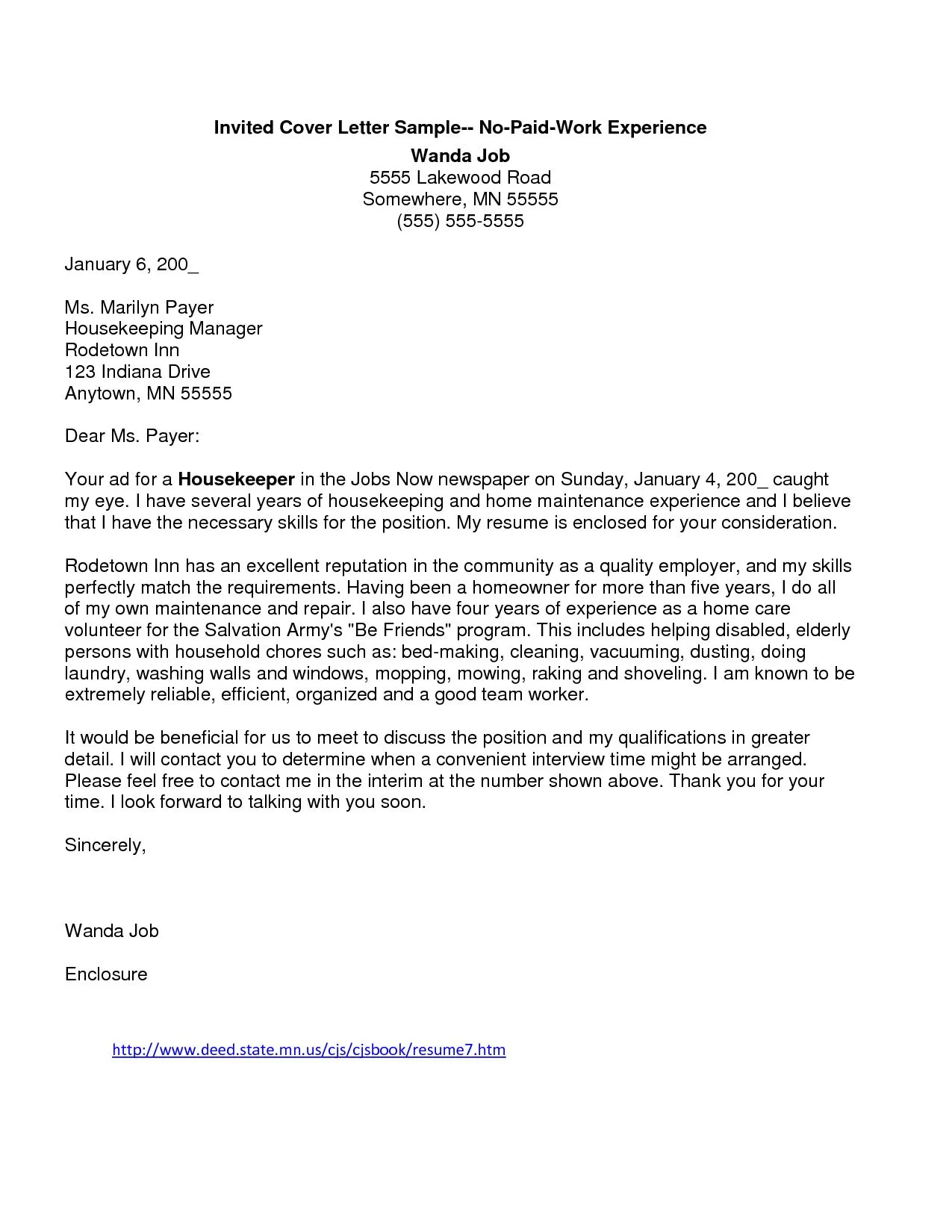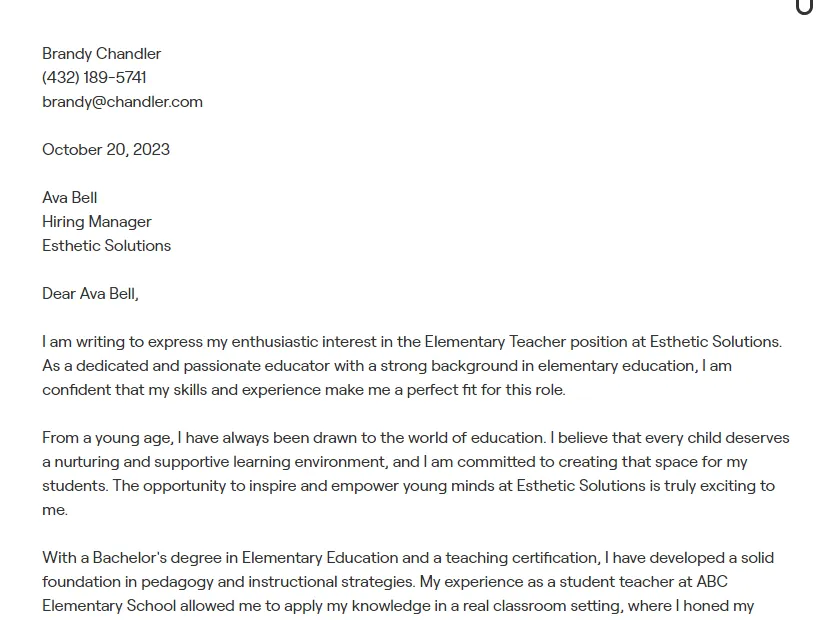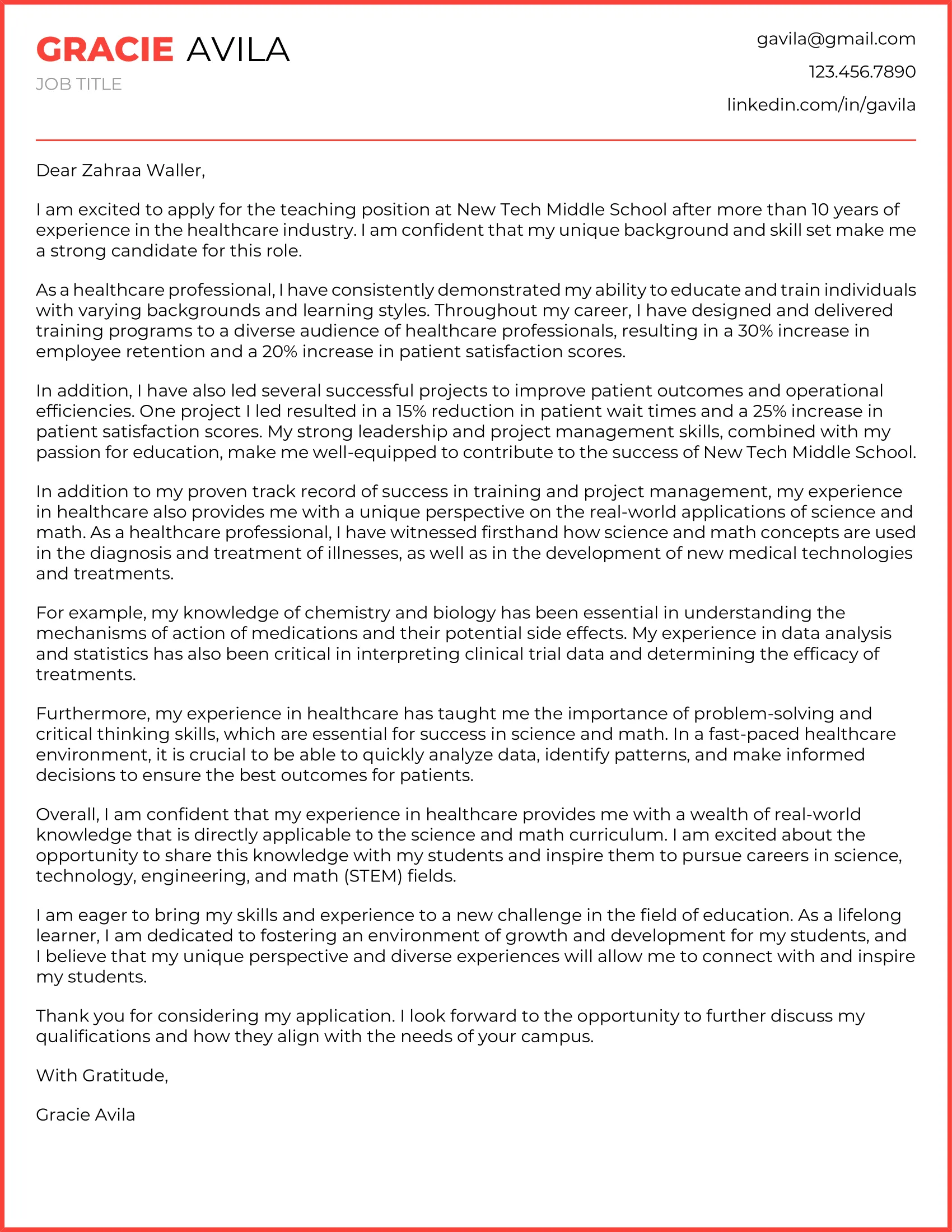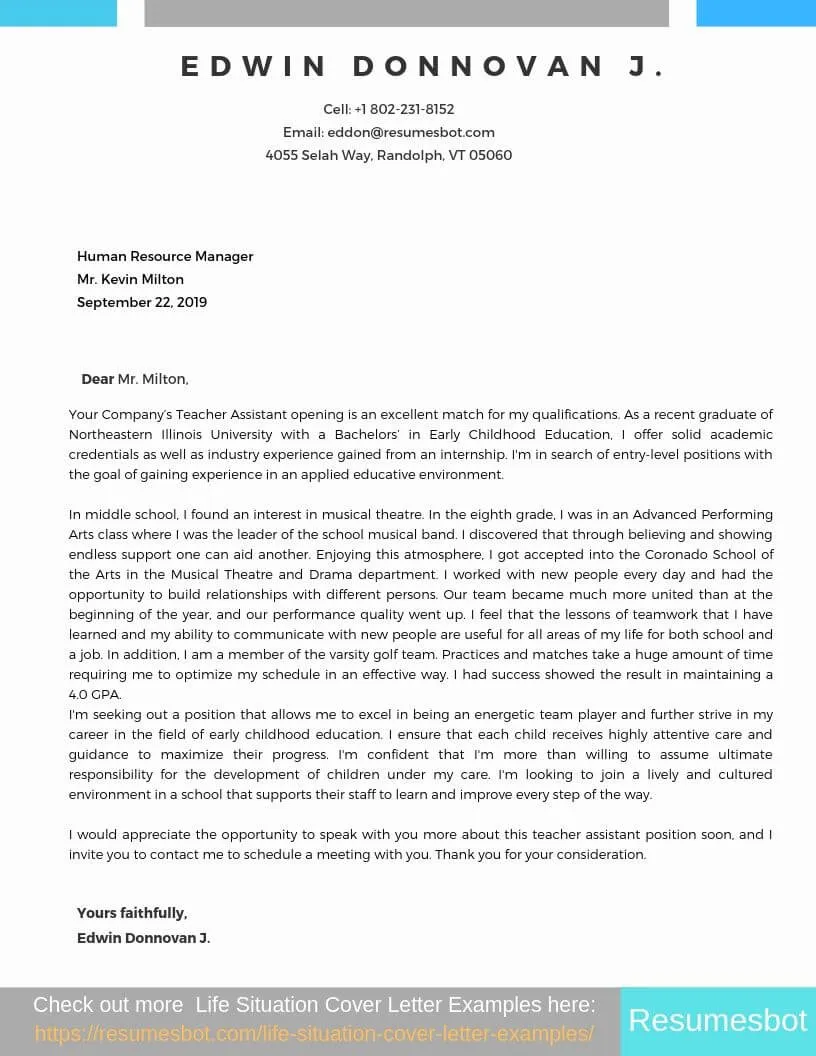Why a Teacher Cover Letter Matters
In the competitive world of education, a well-crafted teacher cover letter is your first opportunity to make a positive impression. It’s not just a formality; it’s a crucial tool that allows you to go beyond the information presented in your resume, offering a glimpse into your personality, passion, and suitability for a specific teaching role. For aspiring teachers with no prior experience, the cover letter becomes even more vital. It’s where you can demonstrate your potential, highlight transferable skills, and express your genuine enthusiasm for education. A strong cover letter can be the deciding factor in whether you secure an interview, so investing time and effort in creating a compelling one is essential.
The Purpose of a Teacher Cover Letter
The primary purpose of a teacher cover letter is to introduce yourself to a potential employer and express your interest in a particular teaching position. However, its role extends far beyond a simple introduction. It serves as a platform to showcase your unique qualities, explain why you’re a good fit for the school’s culture and values, and demonstrate your understanding of the specific needs of the role. A well-written cover letter can also provide context for your resume, helping the hiring committee understand your career goals, motivations, and aspirations. It allows you to paint a vivid picture of yourself as an educator and articulate your vision for creating a positive and engaging learning environment. It’s your chance to stand out from other candidates.
Highlighting Your Potential without Experience

When you lack direct teaching experience, your cover letter should focus on highlighting your potential and transferable skills. Think about experiences from other areas of your life that have equipped you with skills relevant to teaching. This might include volunteer work, leadership roles in clubs or organizations, tutoring, or even part-time jobs. Focus on how these experiences have helped you develop skills such as communication, organization, problem-solving, classroom management, and the ability to build rapport with others. Use specific examples to illustrate these skills and demonstrate how they can be applied to a teaching context. Show your eagerness to learn and your commitment to professional development.
Key Elements to Include
A compelling teacher cover letter should incorporate several key elements to effectively communicate your qualifications and enthusiasm. Begin with a professional header that includes your contact information, followed by the date and the recipient’s information. Use a formal and respectful greeting, addressing the hiring manager by name if possible. The body of your letter should include an engaging introduction, a detailed discussion of your relevant skills and experiences, and a clear statement of your teaching philosophy. It’s crucial to tailor the content to the specific school or position you’re applying for. Conclude with a strong closing that reiterates your interest and includes a call to action, such as requesting an interview.
Header & Contact Information
Your header should be at the very top of your cover letter and include your full name, address, phone number, and professional email address. Ensure that your email address is professional and appropriate for a job application. The date of the letter should be included below your contact information. Following the date, include the hiring manager’s name and title, the school’s name, and the school’s address. Taking the time to correctly format the header and include all the necessary information shows your attention to detail and professionalism, both of which are highly valued qualities in the teaching profession. This also makes it easy for the school to contact you.
Professional Greeting

Start your cover letter with a professional greeting. If possible, address the hiring manager by name, which shows that you’ve taken the time to research the school and the hiring process. If you are unable to find the name, use a general greeting such as “Dear Hiring Committee” or “Dear [School Name] Principal”. Avoid using generic greetings like “To Whom It May Concern,” as these can make your letter seem impersonal. Your greeting sets the tone for the rest of your letter, so it’s important to start with a polite and respectful salutation. Proper grammar and spelling are crucial here, reflecting your commitment to detail, an important trait for any educator.
Body Paragraphs
The body of your teacher cover letter is where you provide the details. Start with an introduction that states the position you are applying for and how you learned about it. Briefly mention your key qualifications and express your enthusiasm for the opportunity. In the subsequent paragraphs, highlight your relevant skills and experiences. Focus on transferable skills such as communication, leadership, and problem-solving. Provide specific examples of how you’ve used these skills in previous roles, volunteer work, or academic projects. Explain how these experiences have prepared you for the demands of teaching. Connect your skills and experiences to the specific requirements outlined in the job description. Show your understanding of the school’s mission and values and explain how you align with them.
Expressing Enthusiasm & Passion
One of the most critical components of a successful teacher cover letter is expressing your genuine enthusiasm and passion for teaching. Your passion should shine through in every paragraph, demonstrating your commitment to making a positive impact on students’ lives. Share your personal teaching philosophy and explain what motivates you to become an educator. Talk about why you enjoy working with children or adolescents, and what specific subjects or areas of education you’re most passionate about. Describe your teaching style and how you plan to create an engaging and supportive learning environment. This level of personalization helps you stand out from other applicants and demonstrates your commitment to the profession beyond just the basic requirements.
Showcasing Transferable Skills

If you lack direct teaching experience, it is essential to showcase your transferable skills. Identify skills you’ve developed through other experiences, such as leadership, communication, organization, and problem-solving. Provide specific examples to illustrate these skills. For example, if you volunteered as a tutor, describe how you adapted your teaching methods to meet the needs of individual students. If you led a team in a previous role, explain how you motivated and guided them to achieve their goals. The goal is to convince the hiring manager that you have the potential to be a successful teacher, even without prior classroom experience. Emphasize how your skills can contribute to the school’s culture and help students succeed.
Tailoring Your Letter to the School
Customize each cover letter to the specific school and teaching position you’re applying for. Research the school’s mission, values, and educational programs to ensure your letter reflects a clear understanding of their needs and priorities. Highlight how your skills and experiences align with the specific requirements outlined in the job description. Mention specific programs or initiatives at the school that resonate with your interests. By demonstrating your knowledge of the school and your genuine interest in being a part of their community, you show that you’re not just sending out a generic application but that you are genuinely interested in the opportunity. This tailored approach makes your application much more compelling and increases your chances of getting an interview.
The Closing & Call to Action
End your cover letter with a strong closing that summarizes your interest and reiterates your key qualifications. Express your appreciation for the hiring manager’s time and consideration. Include a call to action, such as requesting an interview or expressing your availability for a conversation. Make it clear that you are eager to learn more about the opportunity. End with a professional closing, such as “Sincerely” or “Respectfully,” followed by your typed name. Proofread your entire cover letter carefully before submitting it to ensure there are no grammatical errors or typos. A well-crafted closing leaves a lasting positive impression and increases your chances of being noticed.
Proofreading & Formatting for Success

Before submitting your teacher cover letter, meticulously proofread it for any grammatical errors, typos, or formatting inconsistencies. A polished, error-free letter demonstrates your attention to detail and professionalism, critical qualities for a teacher. Use a clear, easy-to-read font and maintain consistent formatting throughout the document. Ensure that your cover letter aligns with your resume in terms of style and presentation. Consider having a trusted friend, mentor, or career counselor review your letter for clarity and effectiveness. By paying close attention to these details, you can significantly increase your chances of making a positive impression and securing an interview for your desired teaching position. Make sure your letter looks professional and is easy to read.
